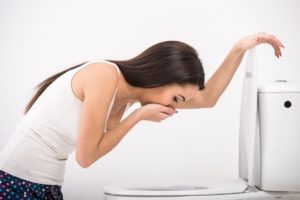Suggested Guidelines for Remediation of Damage from Sewage Backflow into Buildings
Sewage Water is the single most long term destructive substance in the indoor environment. It dissolves or weakens many materials and supports the growth of microorganisms on others. Because it flows, water has the capability to carry with it a
wide variety of pathogens and allergens harmful to humans (1). In the best of worlds, buildings would be designed so that flooding would never occur; however, in the real world, water sometimes gets out of control in every building. When a water emergency occurs, quick reaction to seepage of sewage, spillage, flooding, or backups has many benefits. Quick reaction often saves valuable property from direct water damage as well as destruction from microbial growth. The longer any kind of water damage goes untreated, the greater the damage. Immediate response to a water emergency saves time and money, and protects property and health.
The primary objectives of controlling water damage from sewage are well known to professional restorers and public health professionals. These objectives are to protect public health, immediately remove harmful substances that enter into the environment with flowing water, restore the environment to a dry state, and salvage valuable property. The objectives are even more critical when flood waters contain animal or human body fluids or wastes (e.g., raw sewage) or other organic contaminants.
Sewage poses a very significant threat to human health. However, the severity of the health threat depends on the content of the sewage and the degree and extent of penetration into the building environment. The degree of penetration is dependent on the porosity of contaminated materials, the quantity of sewage, and the amount of time the sewage remains in contact with materials. Consider three examples of sewage spilling into an indoor environment; the restoration response may be different in each situation. Read More
Source: US EPA




